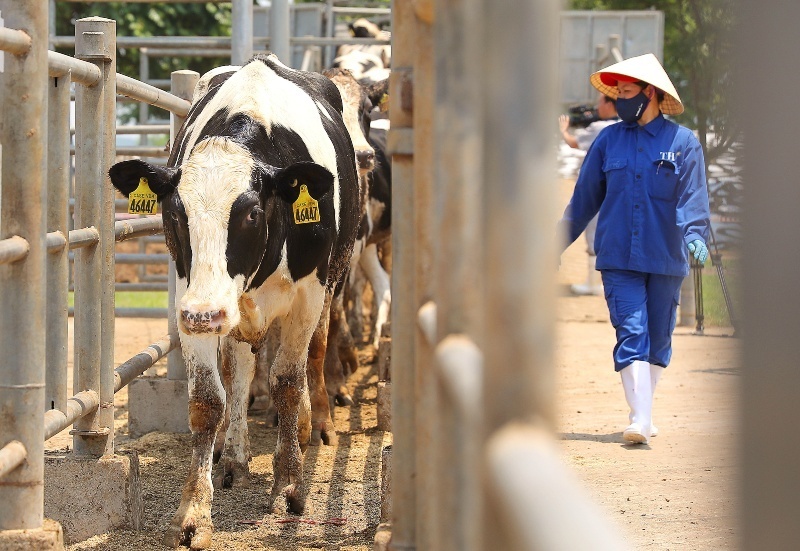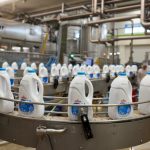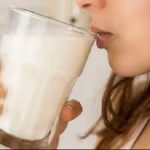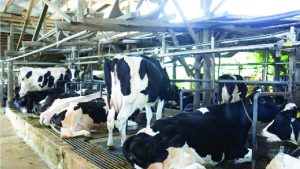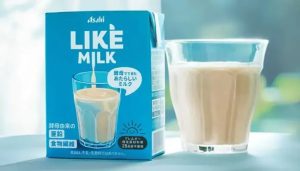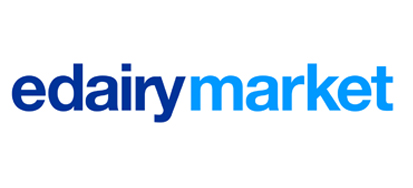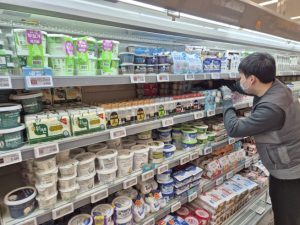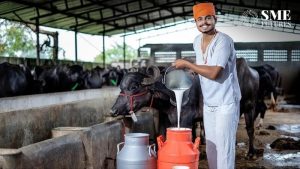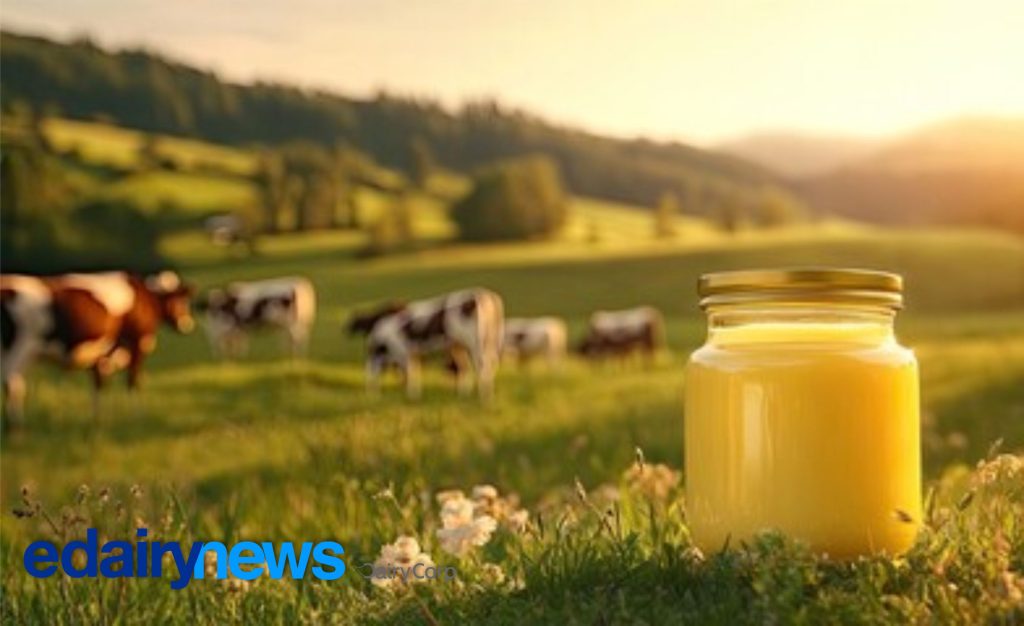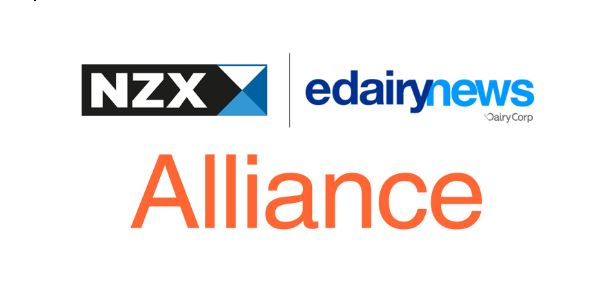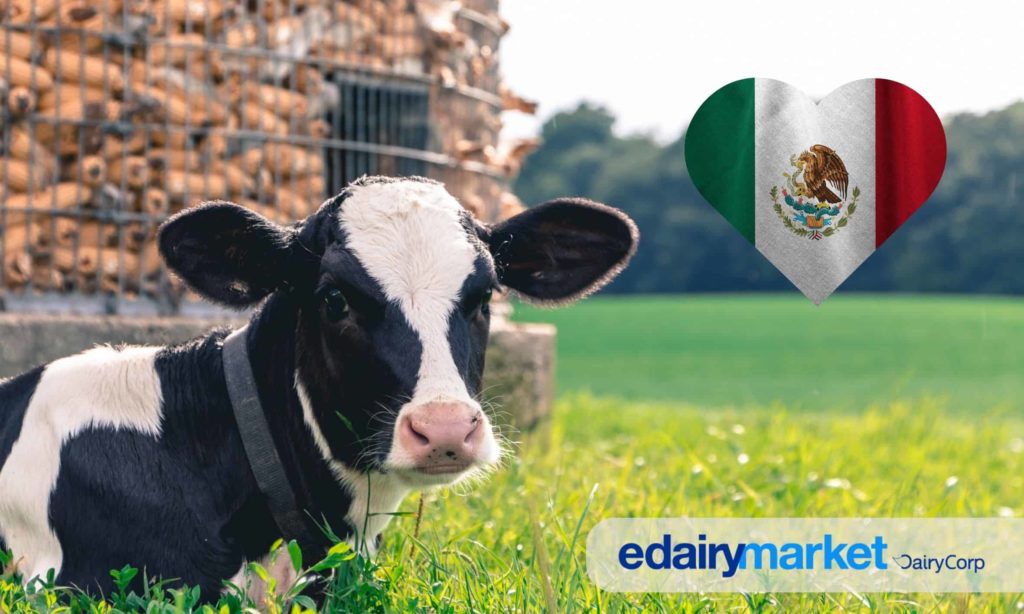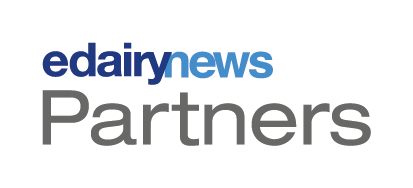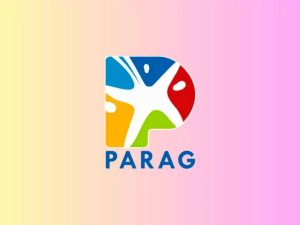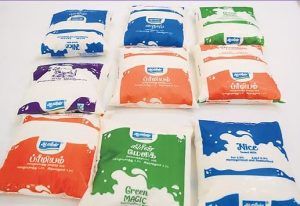
A Surge of Imports and Brand Proliferation Threatens Vietnam’s Domestic Dairy Industry, Forcing a Call for Drastic Policy Intervention to Protect Local Farmers.
Vietnam’s dairy sector is facing a critical paradox: despite a booming market flooded with a proliferation of brands and products, the country’s domestic dairy herd is shrinking. The Animal Husbandry Association of Vietnam (AHAV) has warned that this influx of imported powdered milk and ingredients is overwhelming the local supply, making it difficult for consumers to distinguish product quality while actively depressing the growth of domestic herds. The long-term viability of the local agribusiness is now in jeopardy, threatening the industry’s resilience.
Key data journalism from the article highlights the gravity of the situation. Traditional dairy hubs, such as Ho Chi Minh City, have seen their dairy cow population plummet by over 50%, with many household farmers facing severe strain and even collapse. The national dairy herd’s growth rate has slowed dramatically, from 15.4% annually in the 2010-2015 period to just 0.4% annually between 2020 and 2024. As a result, the industry is at risk of missing its 2025 target of 500,000 dairy cows, with the herd currently standing at only 330,000.
To combat this crisis, the AHAV has proposed a series of urgent policy interventions. One of the primary recommendations is for Vietnam to leverage its domestic resources, including fresh milk and agricultural by-products, while minimizing the importation of inputs that could be produced locally. The association also suggests that all dairy producers be required to source a minimum percentage of their inputs from domestic fresh milk, which currently accounts for only 38-40% of national demand.
Another critical policy priority is the revision of technical standards to clearly differentiate fresh milk from reconstituted milk. The AHAV argues this is essential to ensure that consumers are properly informed and to create a fairer competitive environment for domestic producers. The current reliance on imported powdered milk for reconstitution not only undermines the viability of Vietnam’s dairy value chain but also raises concerns about nutritional quality, a key issue for the international dairy community.
Without strong corrective action, the article warns, the industry will fail to meet its long-term goals. The 2030 goal of producing 2.6-2.8 million tonnes of fresh milk and achieving 60% self-sufficiency will remain out of reach. The AHAV’s proposed solution is a dual-track model combining high-tech corporate farming with professional household farms. This strategy, aimed at achieving dairy economics sustainability, is seen as the only way to reverse the current trajectory and ensure the sector’s long-term health.
Source: Vietnam Investment Review, “Vietnam dairy market risks overheating amid surge of imports and brand proliferation”
You can now read the most important #news on #eDairyNews #Whatsapp channels!!!
🇮🇳 eDairy News ÍNDIA: https://whatsapp.com/channel/0029VaPidCcGpLHImBQk6x1F
